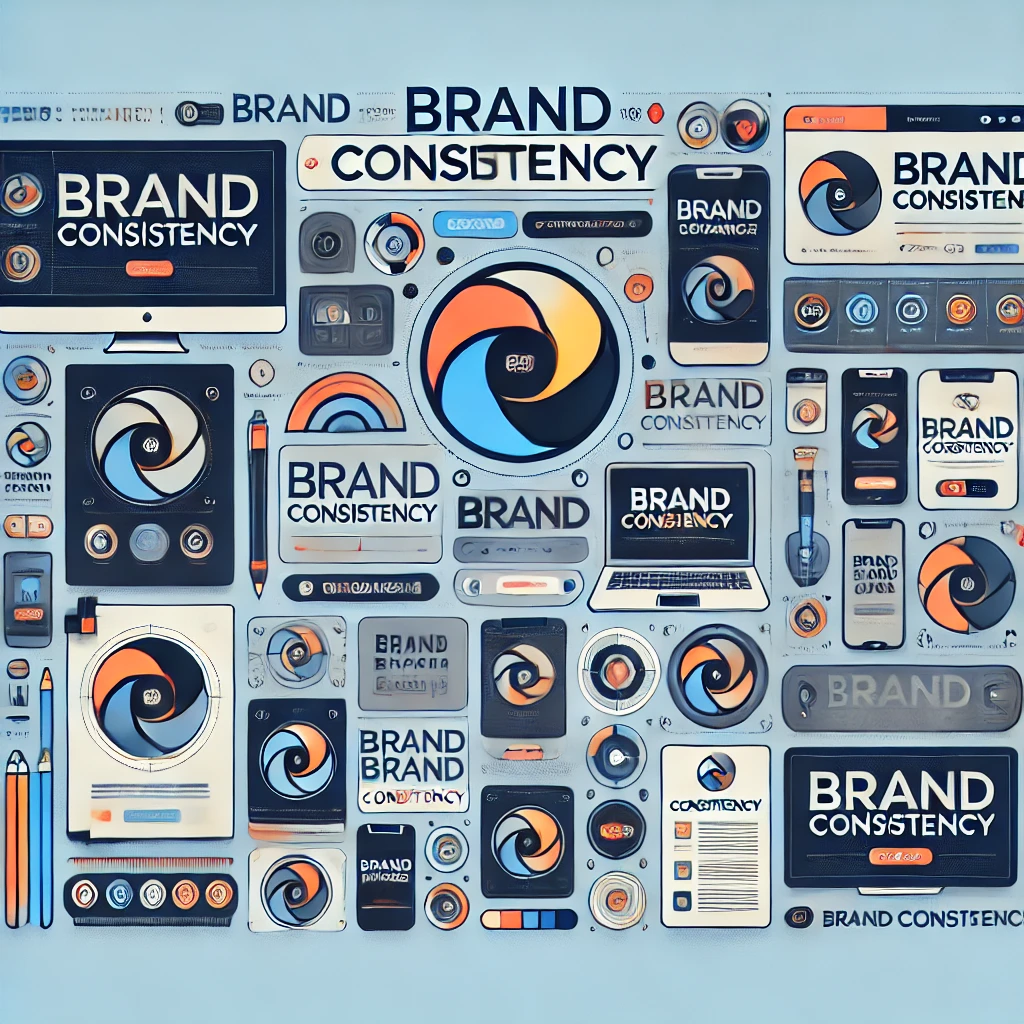Branding
Essential Tips for Maintaining Brand Consistency Across All Channels

Brand consistency is key to building a recognizable and trusted brand in today's competitive market. Whether you're a small business or a global enterprise, maintaining consistency in your brand messaging, visuals, and tone is essential for creating a cohesive identity that resonates with your audience.
At Freshlink, we understand the importance of brand consistency in link management and online presence. In this article, we’ll explore why brand consistency matters, how to achieve it, and how Freshlink can help you maintain it across all your digital channels.
Why Brand Consistency Matters
Consistency in branding ensures that your audience has a unified and recognizable experience with your company, no matter where they encounter your brand. Here’s why it’s so important:
1. Builds Trust: Consistent branding fosters trust and credibility. When your messaging, visuals, and tone are uniform across all channels, customers know what to expect and are more likely to trust your brand.
2. Enhances Recognition: Consistent use of logos, colors, fonts, and messaging helps create a strong brand identity that’s easily recognizable. Over time, this recognition builds customer loyalty and drives brand recall.
3. Strengthens Messaging: Consistent messaging ensures that your core values and key messages are clearly communicated across all touchpoints. This helps reinforce your brand’s mission and vision.
4. Drives Marketing Success: When your brand is consistent, your marketing efforts are more cohesive and effective. A consistent brand identity allows you to create campaigns that resonate with your audience and deliver a unified message.
How to Maintain Brand Consistency
Achieving brand consistency requires careful planning and attention to detail. Here are some key strategies to help you maintain consistency across all channels:
1. Create a Brand Style Guide
A brand style guide is a comprehensive document that outlines the rules and guidelines for how your brand should be presented. This includes your logo, color palette, typography, tone of voice, and messaging. A style guide ensures that everyone in your organization is on the same page and follows the same standards.
What to Include:
- Logo Usage: Clear guidelines on how and where your logo should be used, including variations for different platforms.
- Color Palette: Specify the exact colors that represent your brand, along with HEX, RGB, and CMYK values.
- Typography: Define the fonts and typefaces that should be used in all branding materials.
- Tone of Voice: Outline the tone and language that should be used in your messaging, whether it’s formal, casual, or somewhere in between.
2. Ensure Consistency Across All Platforms
Your brand should look and feel the same across all platforms, including your website, social media, email marketing, and offline materials. This means using the same logos, colors, fonts, and messaging across all channels.
Tips for Consistency:
- Social Media: Use the same profile images, cover photos, and bios across all social media platforms. Ensure that your posts reflect your brand’s tone of voice and messaging.
- Email Marketing: Maintain consistent branding in your email templates, including your logo, colors, and signature. Ensure that your email content aligns with your overall messaging.
- Website: Your website should be the centerpiece of your brand consistency efforts. Ensure that it reflects your brand’s visual identity and provides a cohesive user experience.
3. Train Your Team
Consistency starts with your team. Make sure that everyone who represents your brand understands the importance of consistency and knows how to apply your brand guidelines. Regular training sessions and updates can help ensure that your team stays aligned with your brand standards.
Training Tips:
- Workshops: Conduct workshops to educate your team on your brand guidelines and how to apply them in their day-to-day work.
- Regular Updates: Keep your team informed about any changes or updates to your brand guidelines. Regular communication ensures that everyone is on the same page.
4. Monitor and Measure Consistency
Regularly monitoring and measuring your brand consistency is essential for maintaining a cohesive brand identity. Use analytics and feedback to assess how well your brand is being represented across different channels.
How to Monitor:
- Audits: Conduct regular brand audits to assess the consistency of your branding across all channels. Identify any areas where your brand may be inconsistent and take corrective action.
- Feedback: Gather feedback from customers and employees about how they perceive your brand. Use this feedback to make improvements and ensure that your brand remains consistent.
5. Stay Flexible and Evolve
While consistency is important, it’s also essential to stay flexible and adapt to changes in the market. Your brand should evolve over time to stay relevant and meet the needs of your audience. However, any changes should be made thoughtfully and in alignment with your overall brand identity.
Tips for Evolution:
- Rebranding: If you decide to rebrand, ensure that the new branding is consistent with your core values and messaging. Communicate the changes clearly to your audience to maintain trust and recognition.
- Adaptation: Stay open to adapting your brand to new trends and technologies, but ensure that any changes are consistent with your brand guidelines.
How Freshlink Can Help You Maintain Brand Consistency
Freshlink offers a range of tools and features that can help you maintain brand consistency across all your digital channels:
1. Custom Branded Links: Freshlink allows you to create custom branded links that reflect your brand identity. This ensures that every link you share is consistent with your branding, reinforcing recognition and trust.
2. Link Management: Our platform provides advanced link management features that allow you to monitor and track the performance of your branded links. This helps you ensure consistency and effectiveness in your link-sharing efforts.
3. Analytics and Reporting: Freshlink’s analytics tools provide insights into how your audience interacts with your links. By analyzing engagement and performance, you can make data-driven decisions to improve your brand consistency.
4. Seamless Integration: Freshlink integrates with your existing marketing tools and platforms, making it easy to maintain consistency across all channels. Whether you’re managing social media, email marketing, or website content, Freshlink ensures that your brand remains cohesive.
The Fresh Rundown
Maintaining brand consistency is essential for building trust, recognition, and loyalty with your audience. By following best practices and leveraging the right tools, you can create a cohesive and recognizable brand identity that resonates with your customers.
At Freshlink, we’re here to help you maintain brand consistency across all your digital channels. From custom branded links to advanced analytics, our platform provides everything you need to keep your brand strong and unified.
Ready to enhance your brand consistency? Visit our website to learn more about how Freshlink can support your branding efforts.
Keep reading
More posts from our blog



